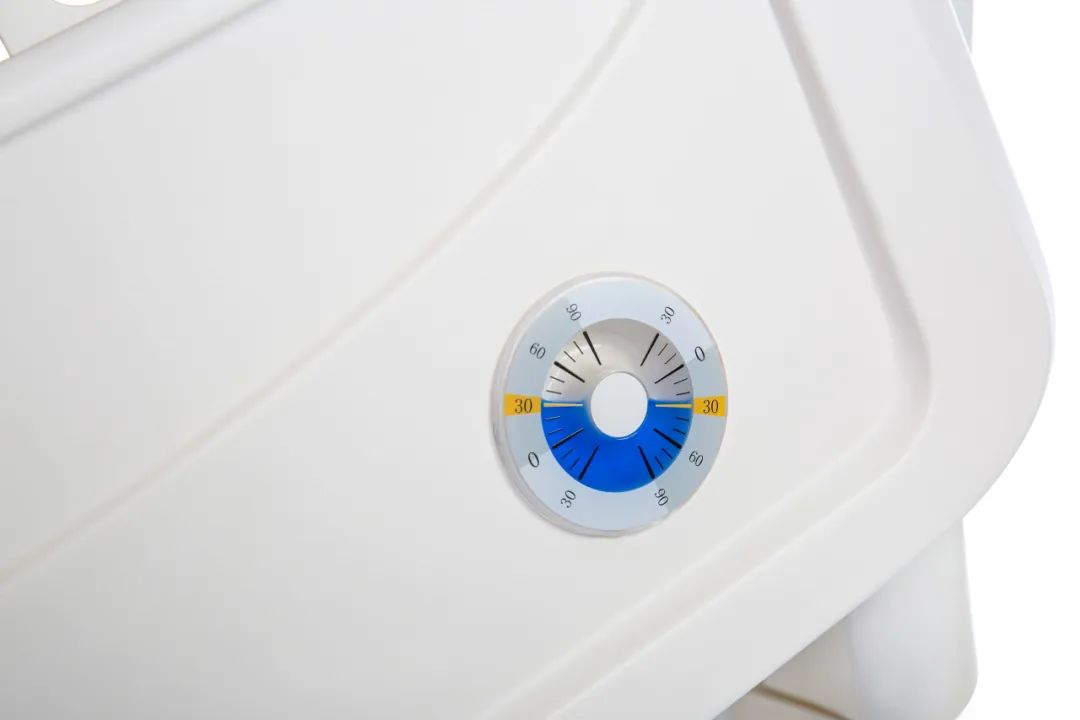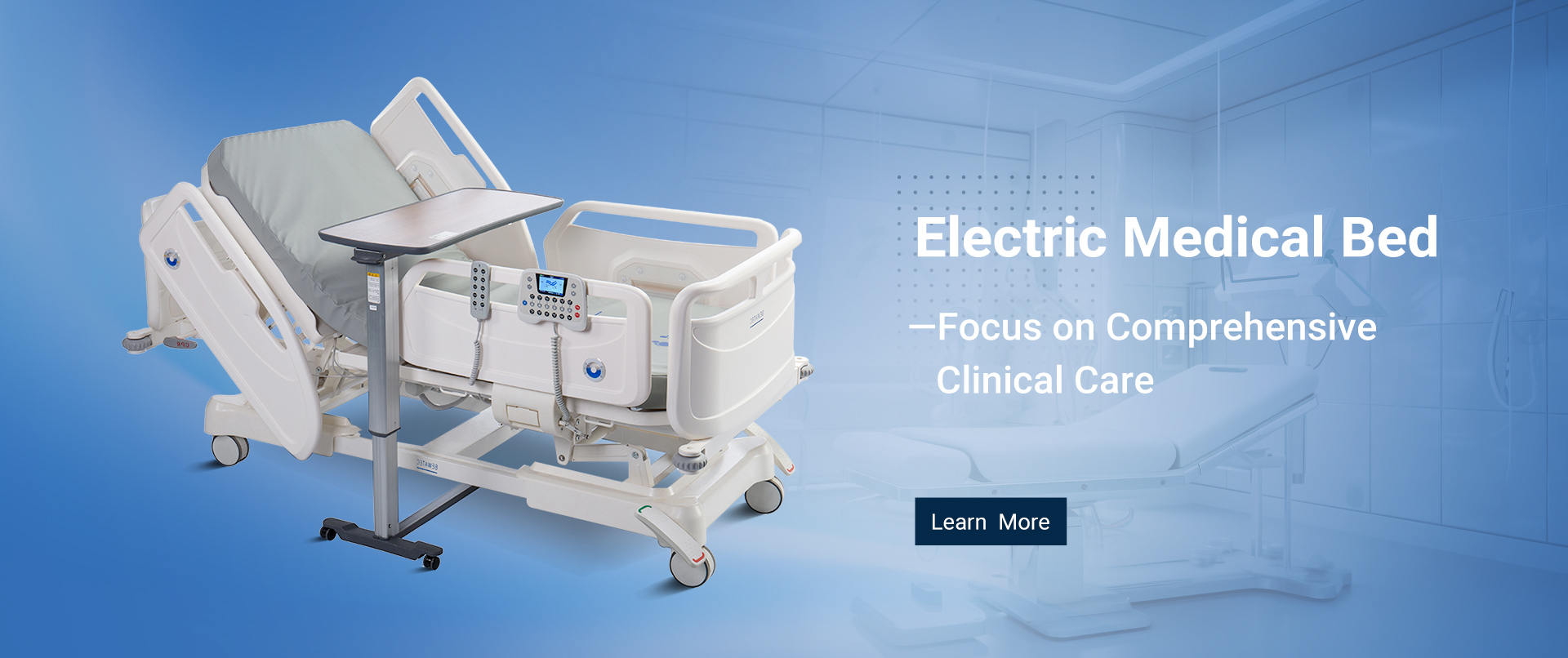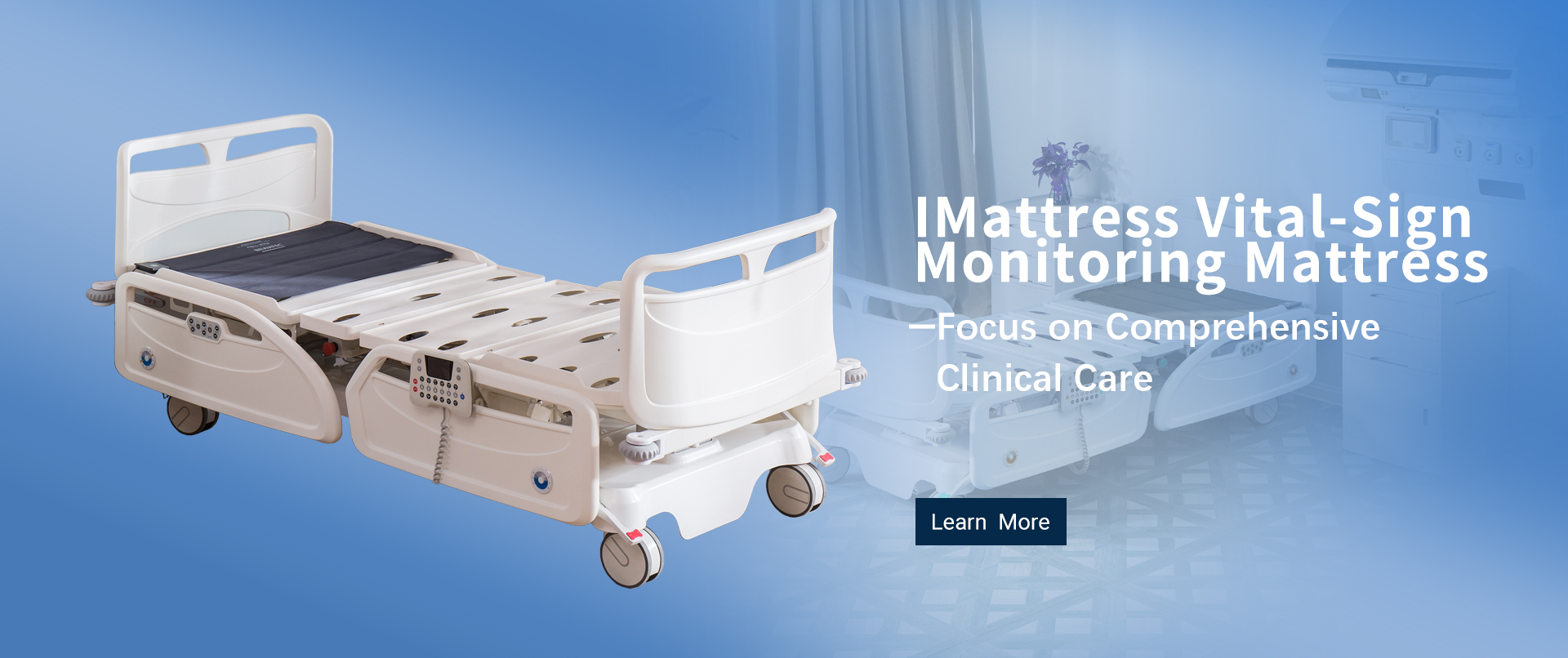In everyday healthcare practice, proper positioning care is not just a basic nursing task but a crucial therapeutic measure and disease prevention strategy. Recently, the Centers for Disease Control and Prevention (CDC) issued new guidelines emphasizing elevating the head of the patient's bed to between 30° and 45° to prevent Ventilator-Associated Pneumonia (VAP).
VAP is a significant hospital-acquired infection complication, often occurring in patients receiving mechanical ventilation. It not only prolongs hospital stays and increases treatment costs but can also lead to serious complications and even death. According to the latest CDC data, proper positioning care significantly reduces the incidence of VAP, thereby improving patient recovery and treatment outcomes.
Key to positioning care is adjusting the patient's posture to facilitate better breathing and expectoration while minimizing the risk of lung infections. Elevating the head of the bed to an angle greater than 30° helps improve lung ventilation, reduces the likelihood of oral and gastric contents refluxing into the airway, and effectively prevents VAP.
Healthcare providers should closely monitor positioning care in daily practice, especially for patients requiring prolonged bed rest or mechanical ventilation. Regular adjustments and maintaining the recommended head-of-bed elevation are crucial preventive measures against hospital infections.
The CDC urges all healthcare institutions and providers to strictly adhere to best practices in positioning care to enhance healthcare quality and safeguard patient health and safety. These guidelines apply not only to intensive care units but also to other medical departments and nursing facilities, ensuring optimal care and support for every patient.
Conclusion:
In nursing practice, following CDC guidelines on positioning care is a critical step in ensuring patient safety and recovery. By raising nursing standards and implementing scientific prevention measures, we can collectively reduce the risk of hospital-acquired infections and provide safer and more effective healthcare services to patients.

Post time: Jul-11-2024









